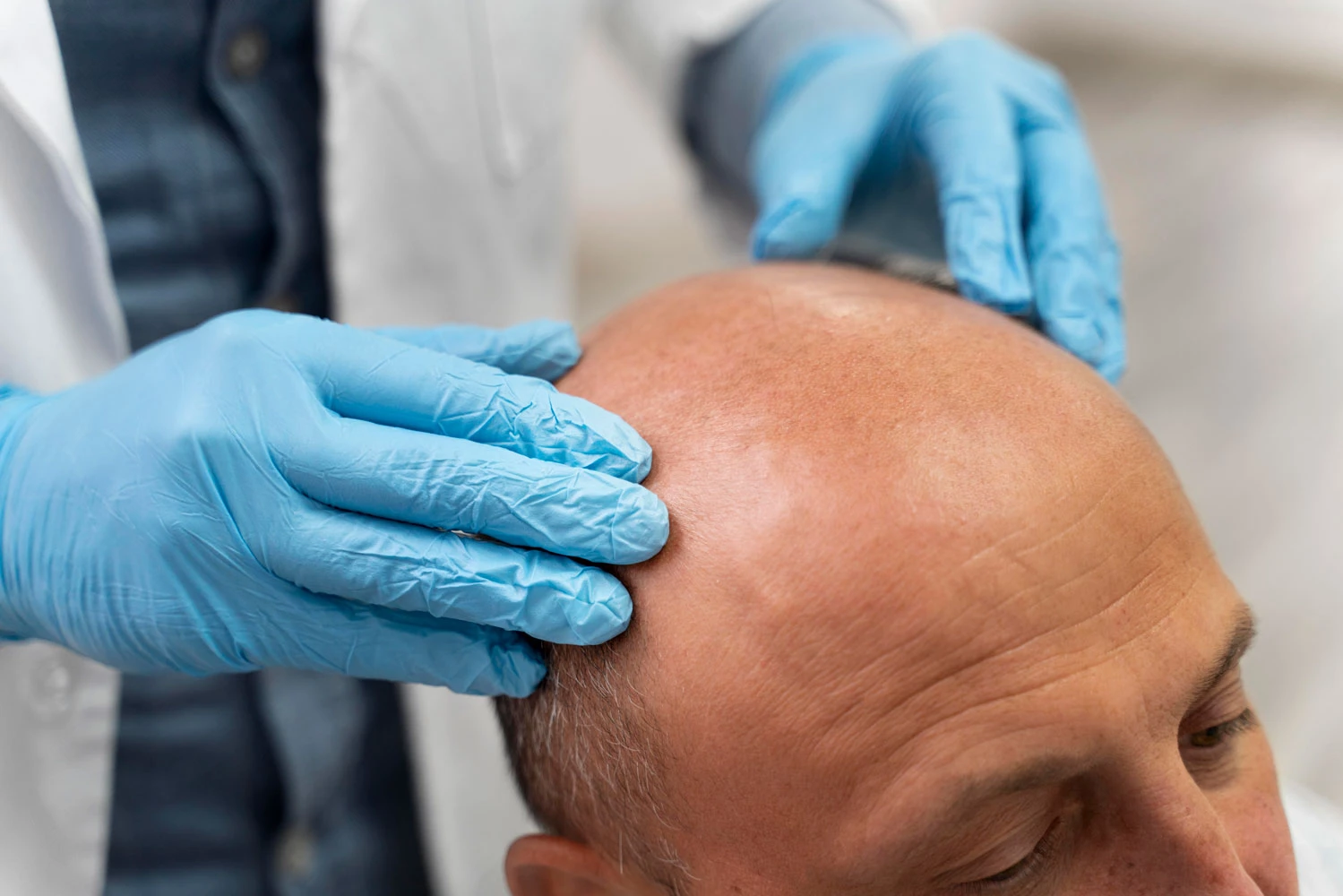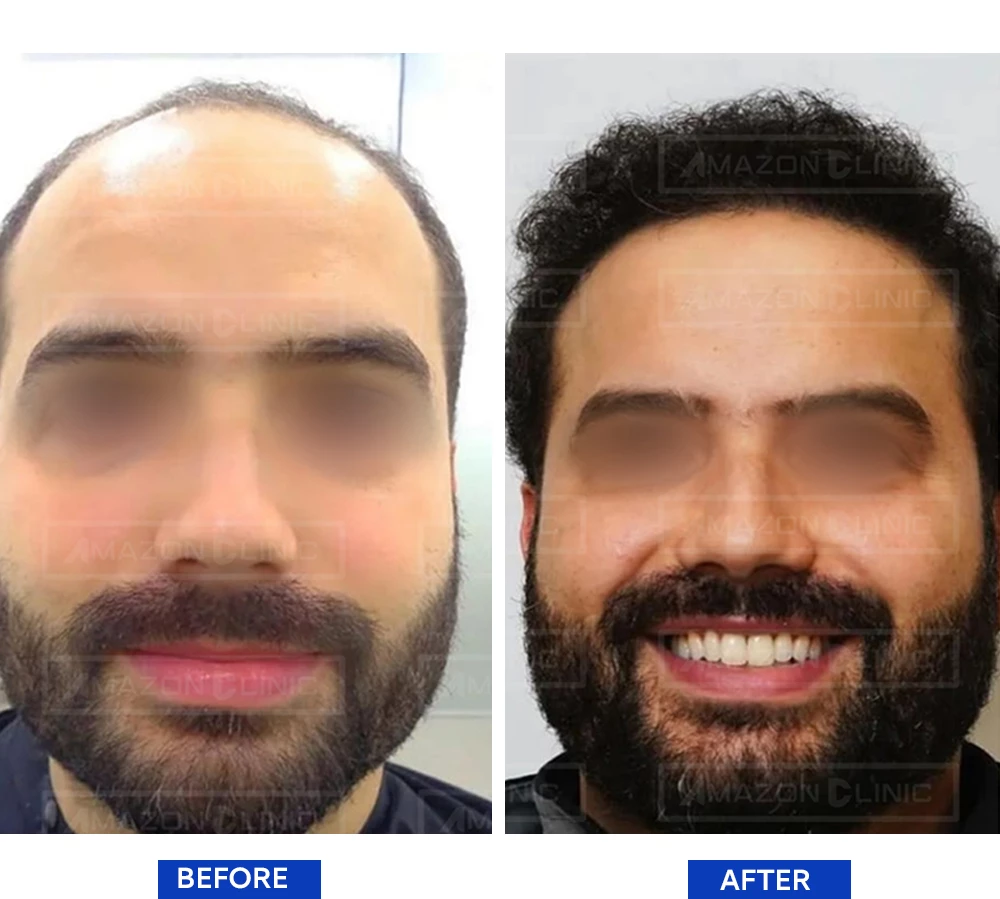The FUE technique, which stands for Follicular Unit Extraction, is an advanced and effective technique for hair transplantation. This technique works by removing healthy hair from the back of the head and transplanting it to areas where the person is experiencing hair loss.
The FUE process begins with a small needle used to obtain the hair from the back of the head. Then, local anesthesia is applied to the area where the hair is being transplanted, before each hair unit is carefully implanted into small openings in the targeted area. The size and distribution of these openings are determined to achieve natural and attractive results.
The FUE procedure is carried out with precision and accuracy, allowing the surgeon to remove and transplant each hair unit safely and effectively, making it a safe and effective surgical procedure for hair transplantation.
The FUE technique has several advantages, including minimal pain and bleeding and fast recovery time. Additionally, this technique allows for the possibility of achieving natural and attractive results, as natural hair is transplanted instead of using unnatural or substitute materials.



